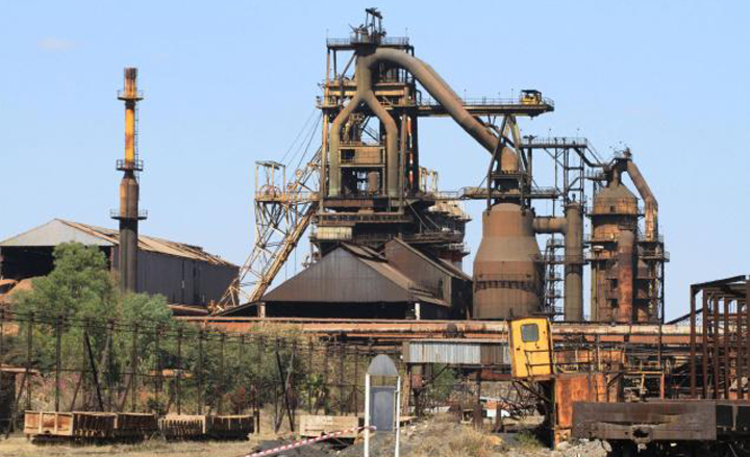Manhize power infrastructure designs almost complete
THE designing of power lines and electrical substations for the Dinson Iron and Steel Company
(Disco) steel plant is now 80 percent complete, an official has said.
Disco, which is building a US$1,5 billion integrated steel plant in Manhize near Mvuma is a
subsidiary of China’s largest stainless producer, Tsingshan Holdings Group Limited.
The plant is expected to be commissioned in August, according to official timelines.
The projects is now 50 percent complete.
Last year, ZESA and Disco entered into a Public Private Partnership where the former will build a
100-km electricity transmission line from Sherwood sub-station in Kwekwe to the steel works. The
works involves the construction of a high voltage 330KV power line and two 175 MVA substations
to power the giant steel company.
“The construction of the high voltage power lines and substations is now at an advanced stage and
the two partners (ZESA and Disco) just witnessed 100 percent completion of the geological works,”
ZESA general manager for stakeholder relations, communications and welfare Dr George Manyaya
said last week.
“To date, design of the power lines and substations is now 80 percent complete. Other works which
include financing of the construction are now at an advanced stage, with commencing of
construction works expected soon after financing finalisation.”
The Manhize plant is expected to significantly cut steel imports, currently averaging about US$400
million per year, by 90 percent, according to the company.
It is one of the key national strategic project expected to contribute to Zimbabwe’s economic
growth. Having being known as a regional iron and steel hub, Zimbabwe lost its status in the early
00s following the collapse of the Zimbabwe Iron and Steel Company (ZISCO).
The country turned into a net importer of steel and iron products, squeezed by declining
production and the subsequent closure of ZISCO. It stopped operations in 2008 partly due to
mismanagement and a shortage of money for recapitalisation.
The closure of ZISCO also affected the foundries it used to be the main feeder of the mills.
Given the importance of steel and iron products in supporting the operations of many other
industries and industrialisation, Zimbabwe’s import bill continues to grow.
The US$1,5 billion Manhize project is one of the transformative projects being implemented under
the Second Republic. The project aligns with President Mnangagwa’s economic development drive,
targeting the country to be one of the largest steel and iron products producers in Africa. The plant
is expected to reduce the high steel import bill, boost exports, while supporting downstream
industries and create jobs.
The project, which carries the National Project Status will significantly contribute to the economy’s
economic growth through job creation, taxes and exports, among others.
According to ZimTrade, potential export markets for Zimbabwe include Zambia, Botswana, Angola,
Democratic Republic of Congo (DRC), Malawi, Mozambique, and Namibia.
According to Trade Map, Zambia imported iron and steel worth around US$226 million in 2020,
with the majority coming from South Africa (US$113 million), China (US$64 million), Chile
(US$27 million), and India (US$3 million). In terms of quantities, Zambia has been importing
more iron and steel over the years, from around 58 000 tonnes in 2018 to around 81 000 in 2021,
according to Zimtrade.
“Leveraging on Zimbabwe’s short distance to Zambia, there is potential for Manhize to produce
products that will compete well in the neighbouring country,” it says.
Elsewhere in Malawi, most of the iron and steel imports, worth around US$83 million in 2021
came from China, which accounted for around US$38 million. The other major suppliers in the
market are South Africa, Zambia, and Mozambique. In terms of quantities, Malawi imported 39
000 tonnes of iron and steel in 2021.
During the same year, Mozambique imported 111 000 tonnes of iron and steel, valued at around
US$99 million. Major suppliers of this were South Africa, China, Japan, Turkey, and Portugal.
Namibia in 2021 imported 26 000 tonnes of iron and steel worth around US$95 million, with
major suppliers being South Africa, China, and Zambia.- The Herald










